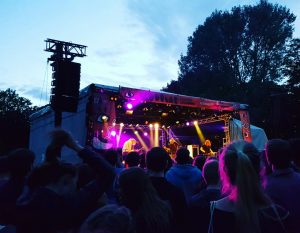Today is July 1 and that means it’s Canada Day! You might be wondering why this is of special interest. Because today isn’t just any birthday of the North American country. This year Canada turns 150! What a great opportunity to celebrate the big white North or, if you’re not as much of a Canada fanatic as I am, at least take a moment to appreciate everything that’s unique to the country. It’s not very hard to tell that I’m crazy about Canada, even for those who’ve met me just once. Our love story began more than a year ago, during my semester abroad, and ever since I haven’t stopped talking about going back (shout-out to my friends for tolerating me). So, that’s what I did and I’m super excited to be here this special year.

A bit of history
Okay, so let’s quickly brush up on our knowledge of Canada. The country was once a British and French colony until two provinces founded the Federal Dominion of Canada on July 1, 1867 – so that’s why, surprise, Canada Day is celebrated on the first day of July. More and more provinces joined the Dominion and in 1931, the country gained almost total independence, but remained under the authority of the British government. Only in 1982 did Canada gain full sovereignty. Today, Canada is made up of ten provinces and three territories and has two official languages, English and French.
The Big Birthday
As you might’ve guessed, the whole country is pretty excited about the 150-year anniversary and the celebrations honouring this special year. Plus, it’s not just the country as a whole that is celebrating. Montréal, a city in the province of Québec, is turning 375 this year! So, this anniversary is the perfect opportunity to travel to Canada, as numerous festivities are taking place all over the country and admission to national parks, national historic sites and national marine conservation areas operated by Parks Canada is free! The biggest Canada Day parties are, of course, in major cities, so Ottawa, but also Vancouver, Toronto, Montréal and Edmonton are perfect for everyone who digs fireworks and parades. However, you don’t have to attend one of these events to notice that this year, or at least this summer, everything’s about July 1. Every second ad on TV is about Canada Day, stores have different offers featuring the number 150 in one way or another and you can get any imaginable item, like mugs, aprons, pillows or socks, with a maple leaf on it.

Fun facts
Did you know that Canada is the second largest country in the world (only exceeded by Russia)? Germany fits almost 28 times into its land mass! On the other hand, Canada’s population is just around 35 million, which is less than half of Germany’s. Isn’t that crazy!?
Among other stereotypes like Canadians living in igloos (nope, they don’t), putting maple syrup on pretty much everything edible (yes, they do) and loving ice hockey (another clear yes here), Canada is well-known for its multiculturalism and diversity and the hospitality with which it greets immigrants. These attributes make it a role model for many countries when it comes to immigration policies. Toronto, Canada’s biggest city (but not its capital!!), is said to be one of the most ethnically diverse cities in the entire world and about half of its inhabitants were born outside of Canada. Their rich cultural heritage can be seen in Chinatown, Little Italy, Greektown and many more places.
In love
What I love about Canada mostly relates to the province I lived in. Its sheer size makes it pretty much impossible to make generalizations about the landscape or citizens. This is an important aspect you should keep in mind when talking about the country. Canada is so much more than just a few big cities most people might’ve visited or heard of. Canada is its diverse landscapes, whether it’s mountains, beaches, prairies or the sea, its languages, people and heritage. I will always love Canada for its mostly rugged but incredibly beautiful landscape and for the people who are the friendliest, warmest and most generous in probably, no offence here, the entire world. Most people refer to politeness when they joke about Canadian stereotypes, but I’ve got to say that this very feature (yes, this stereotype is true), the hospitality and the people’s optimistic and light-hearted nature (speaking in general terms here, of course) are features that made me truly love Canada.

Cheers, Canada!
Like the country itself, ways to celebrate Canada Day are also very diverse. There is no typical way to celebrate it – there are no restrictions. Personally, I will climb a mountain in one of the many national parks all across the country and raise my glass to my home away from home. Everything’s possible here, not just on this day, but every single day. Canada is a country for everyone. And that’s probably why I love it so much
.
Author & Pictures: Henrike Wilhelm
 On Thursday, 6th July, the Anglistentheater premiered their latest play “Speaking in tongues”, by Andrew Bovell.
On Thursday, 6th July, the Anglistentheater premiered their latest play “Speaking in tongues”, by Andrew Bovell.
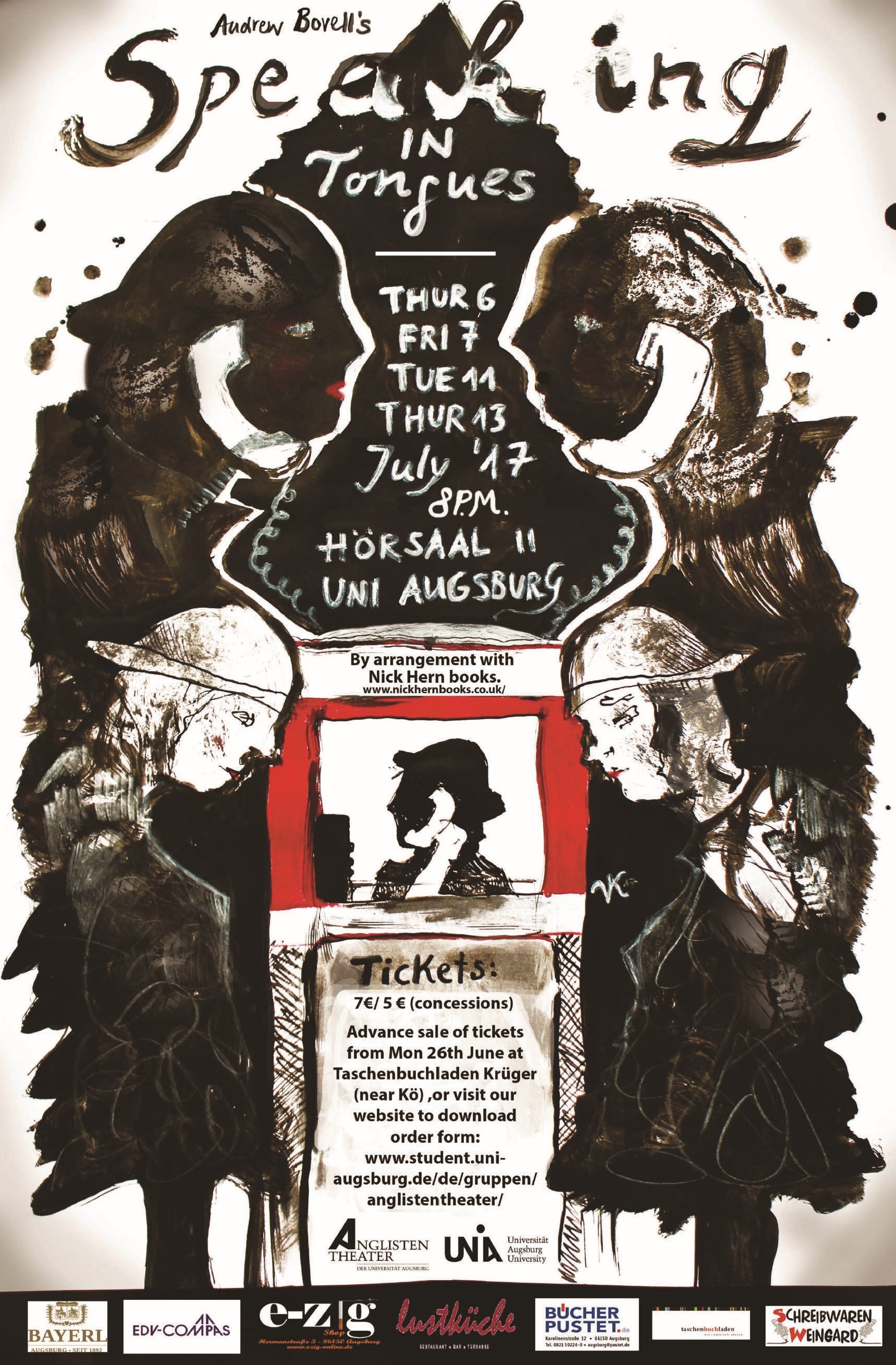
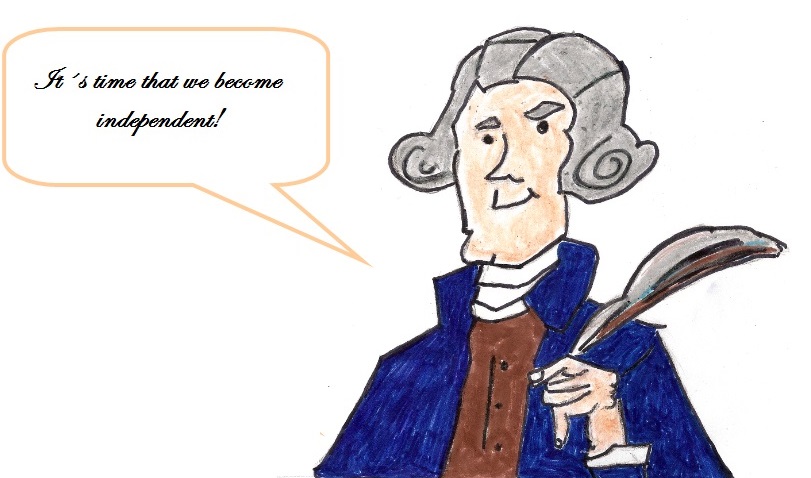
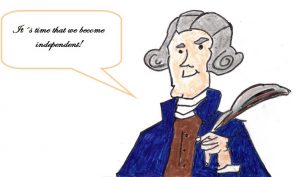
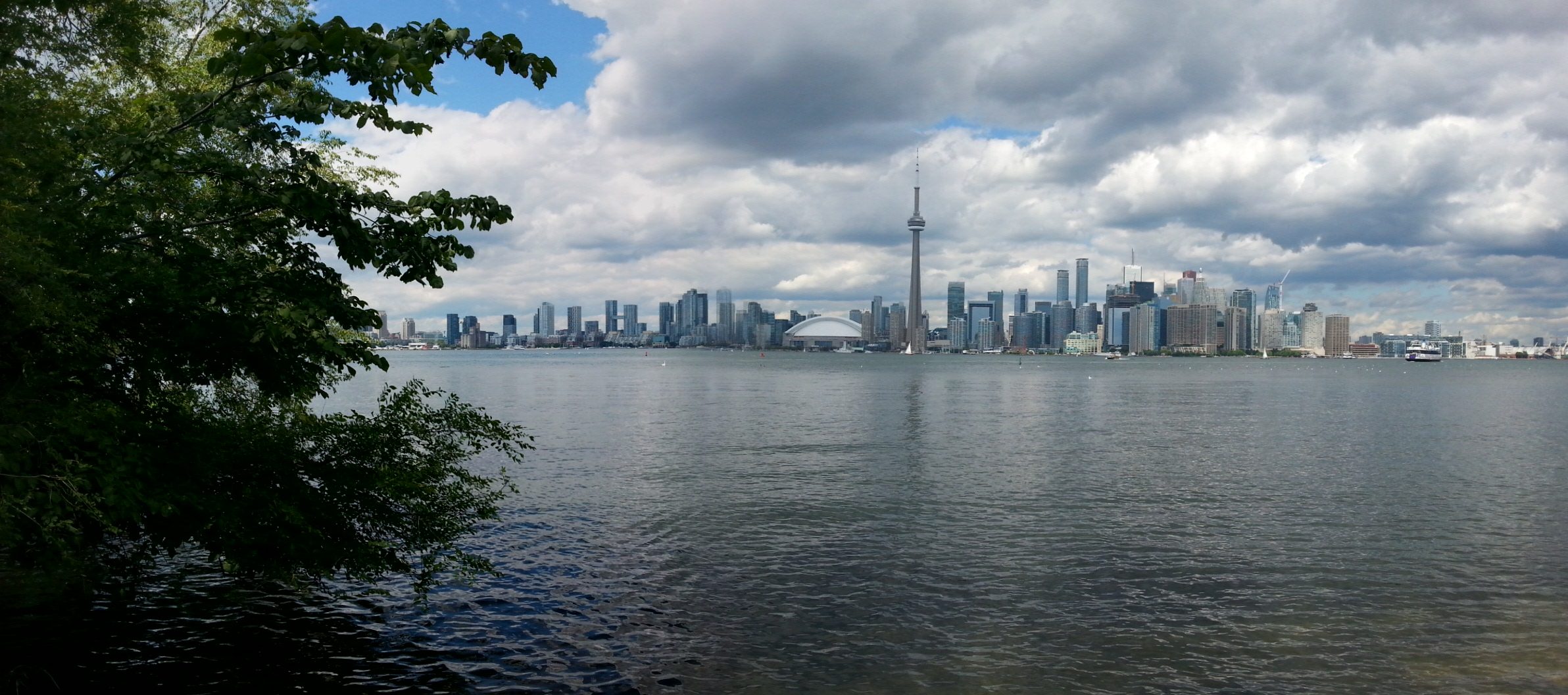



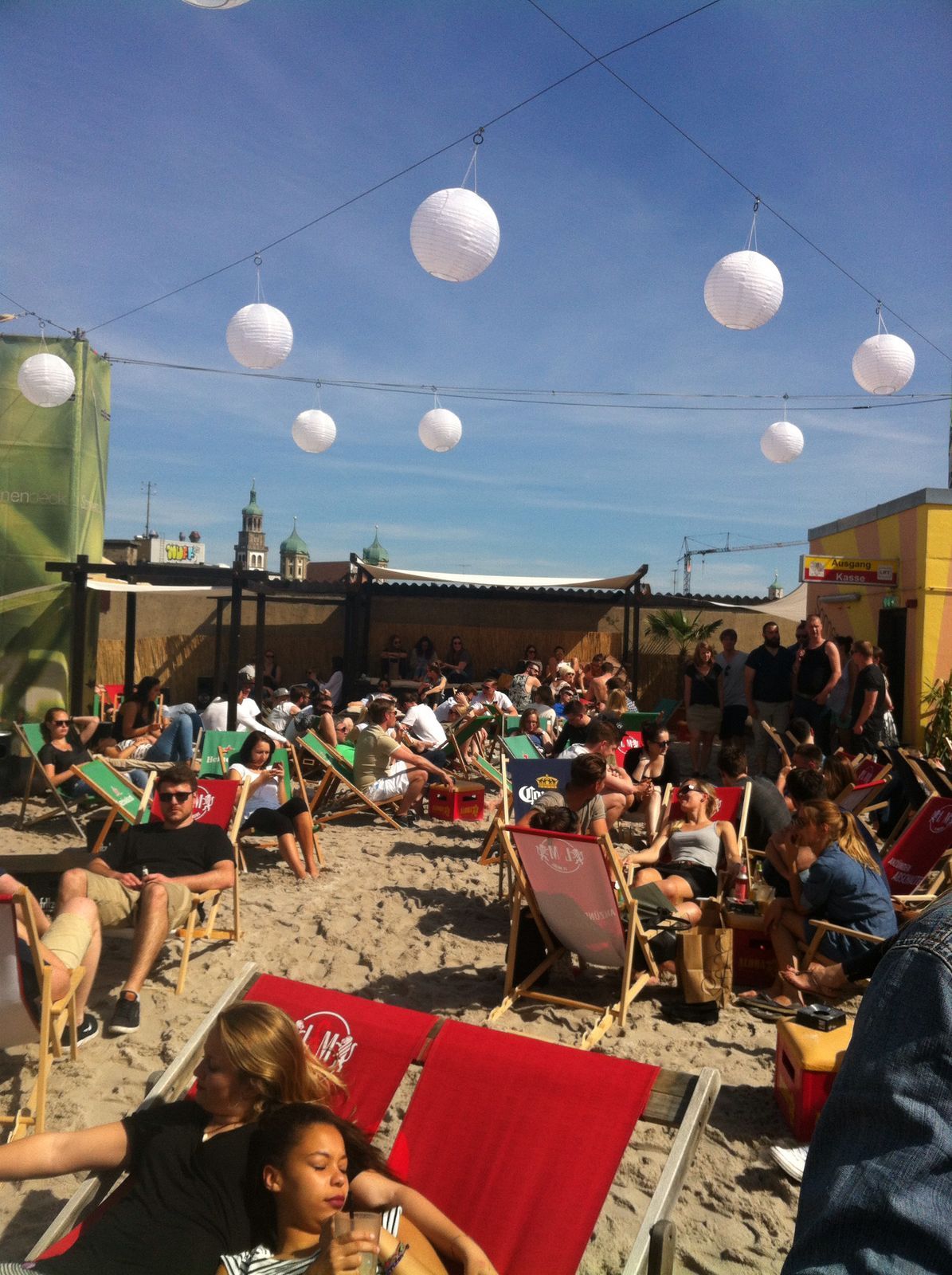
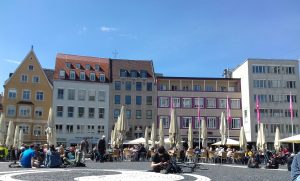 Are you still looking for cool things to do in Augsburg to enjoy this wonderful weather?
Are you still looking for cool things to do in Augsburg to enjoy this wonderful weather? such as vegetarian cuisine, traditional Bavarianand pastries (I recommend their fries, which are really good!) Or you take your own food and have a picnic at the Wertach. Tip: take some home-made iced tea and impress your friends.
such as vegetarian cuisine, traditional Bavarianand pastries (I recommend their fries, which are really good!) Or you take your own food and have a picnic at the Wertach. Tip: take some home-made iced tea and impress your friends. and old, enjoy sunbathing, having barbecues or playing frisbee, badminton and volleyball.
and old, enjoy sunbathing, having barbecues or playing frisbee, badminton and volleyball.


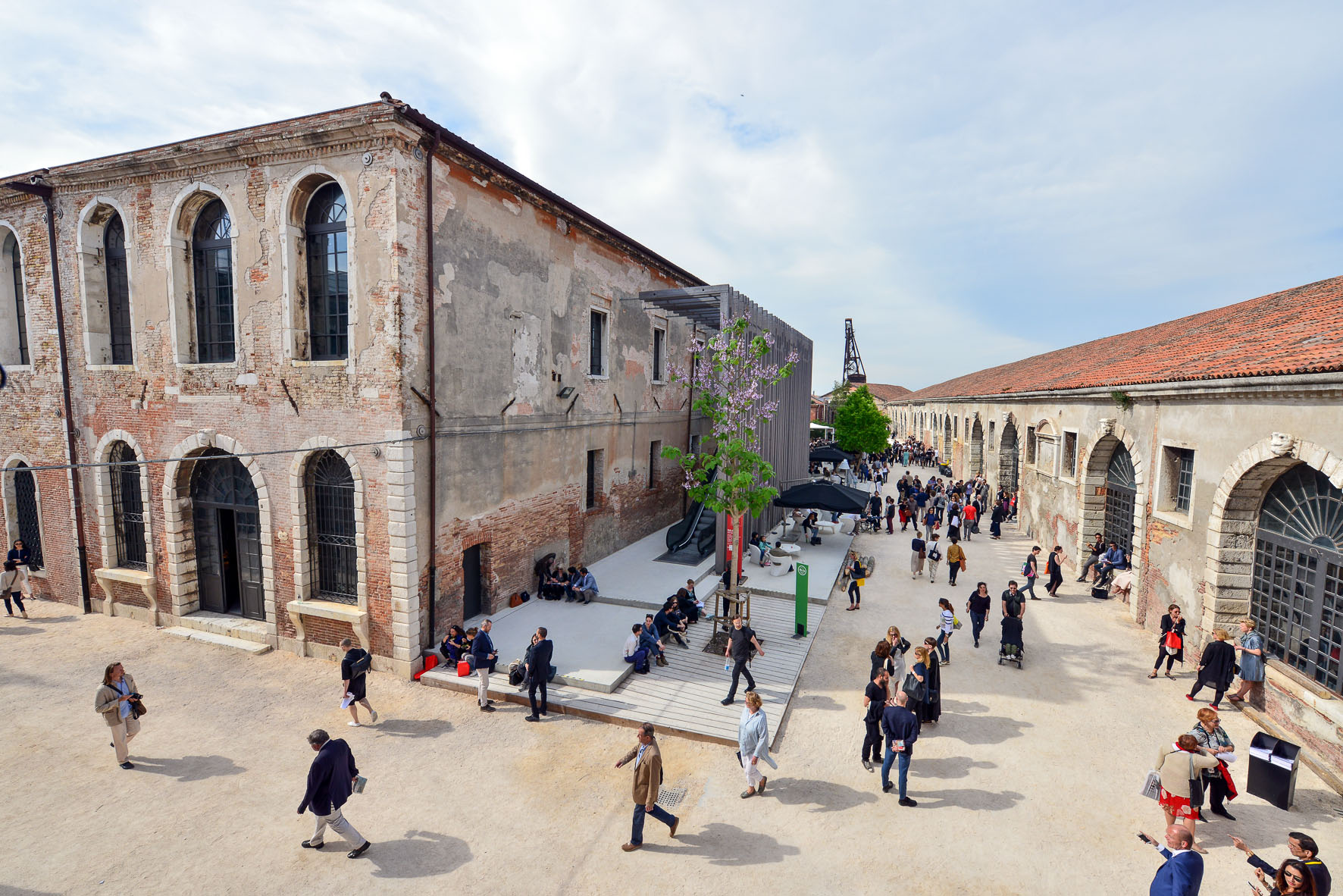
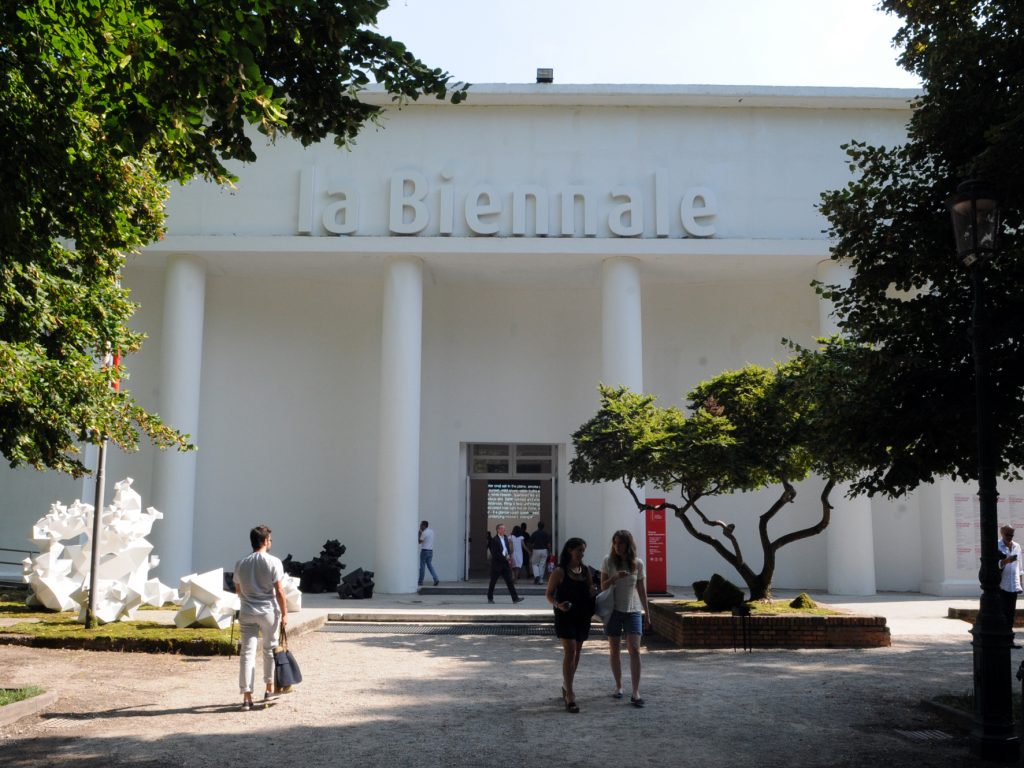
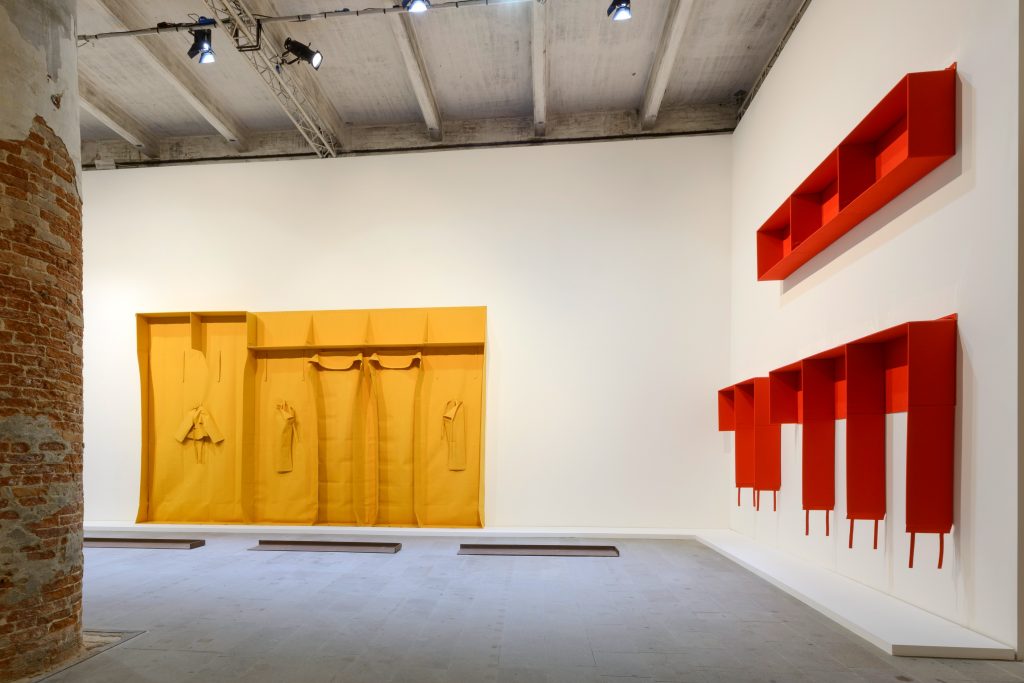
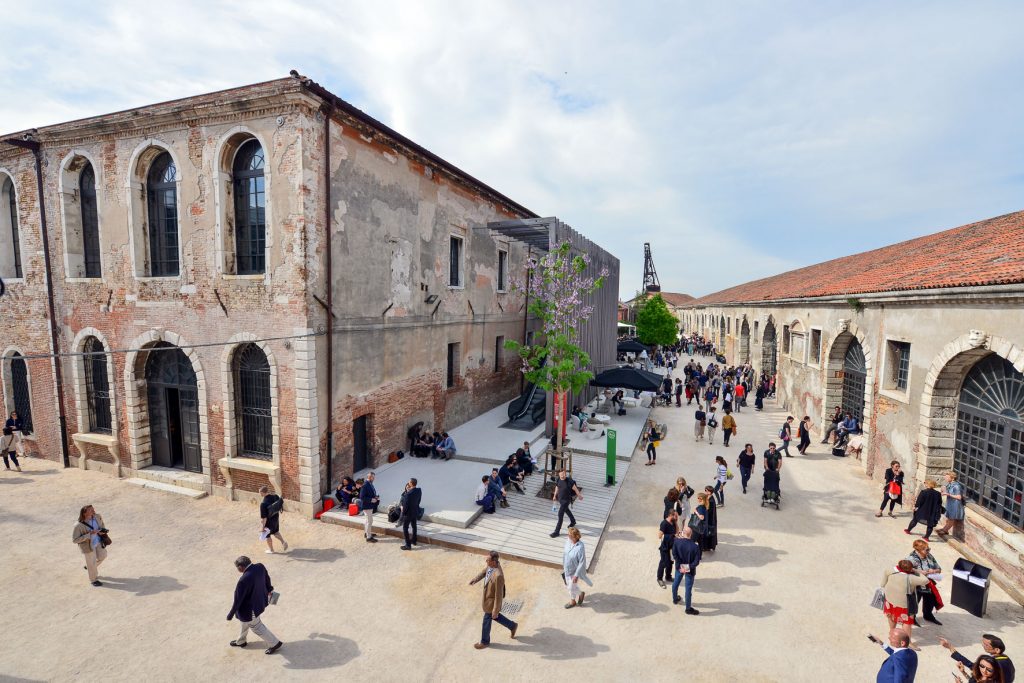
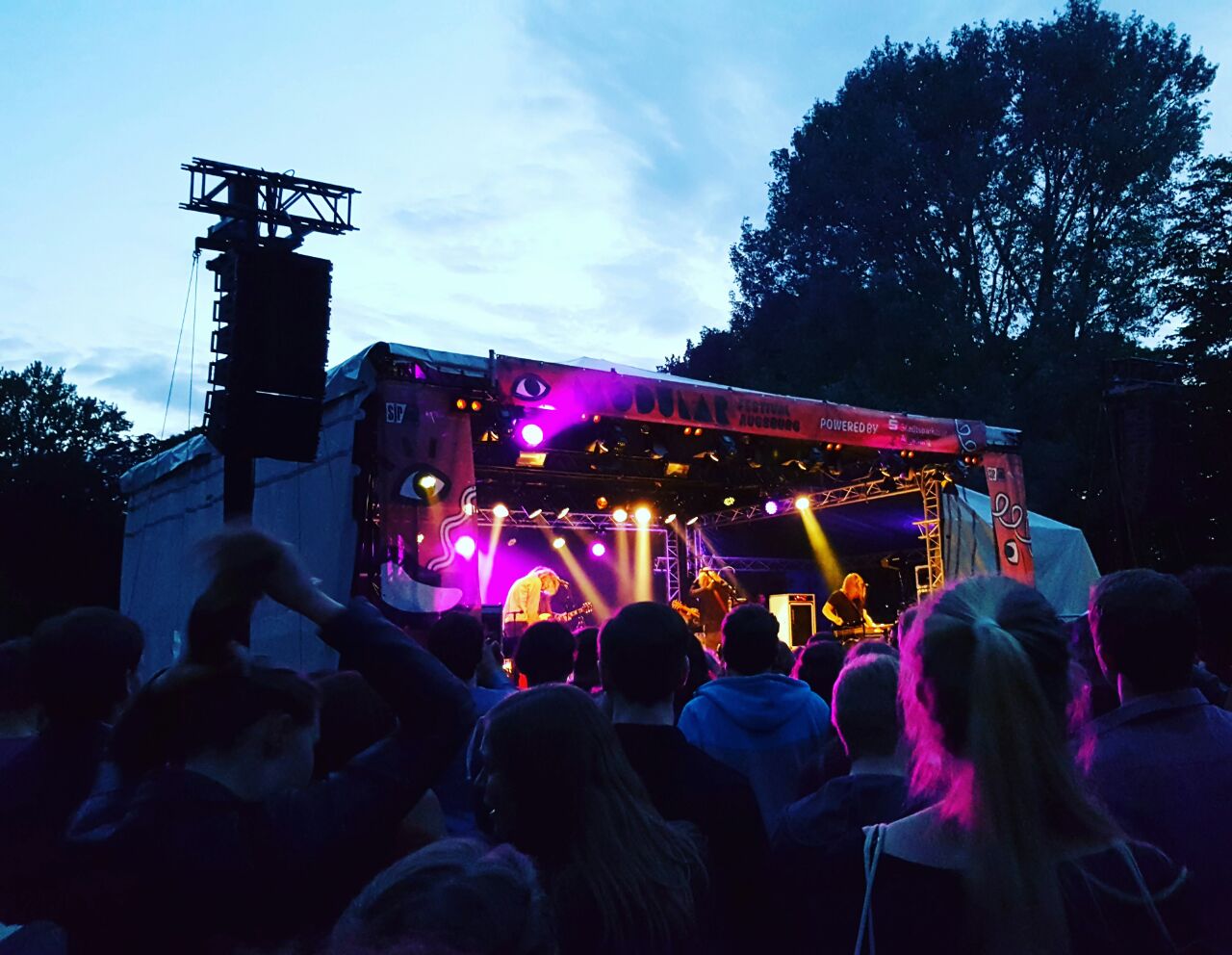
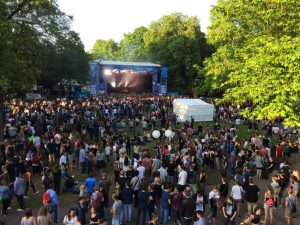 Music
Music